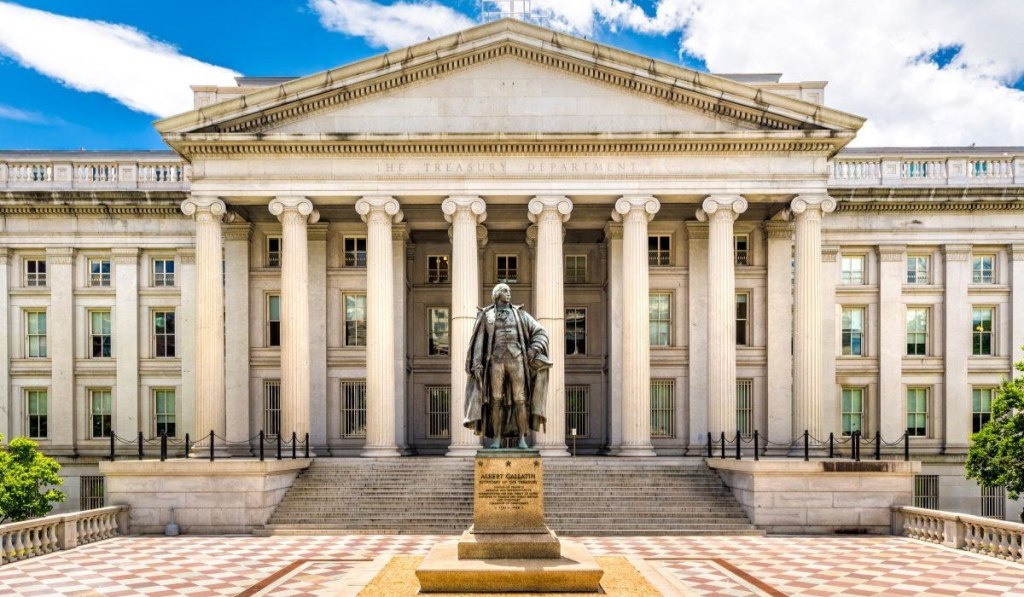Presidents and board chairs of the 11 Federal Home Loan Banks (FHLBanks), under pressure to pump more money into affordable housing, sent letters to the U.S. Department of Treasury on Thursday saying that simply raising their contribution threshold will not address the complexities of the current housing crisis.
Instead, the FHLBanks—11 U.S. government-sponsored banks that provide liquidity to financial institutions to support housing finance and community investment—brought recommendations on how they can help improve the housing supply. These include, among other things, providing more access to the system to Community Development Financial Institutions (CDFIs) and reducing the regulatory burden on its programs.
The two letters, one signed by the presidents and the other by the board chairs, are part of an ongoing dialogue involving Treasury Deputy Secretary Wally Adeyemo, the Federal Housing Finance Agency (FHFA), and the presidents of the 11 FHLBanks. In November 2023, the FHFA released a report examining the system and offering a series of transformative goals to reach by 2032.
“During FHFA’s recent review of the FHLBanks, nearly all stakeholders expressed their desire for the FHLBanks to provide more, not less, support. However, we are concerned that policymakers and regulators are sending conflicting signals to our members, proposing policies that undermine the FHLBanks’ business model, which will result in less, not more, support for affordable housing and community development,” the presidents stated in their letter.
Established in 1932 during the Great Depression, the FHLBanks have become a general liquidity provider for financial institutions. This system lent billions of dollars to Silicon Valley Bank, Signature Bank and First Republic Bank before these banks collapsed in 2023.
Since then, their activities have been under review. The main target is the Affordable Housing Program (AHP), which requires that each of the 11 FHLBanks contribute 10% of the preceding year’s net income to purchasing, constructing, or rehabilitating homes.
The banks voluntarily increased the share to 15% in 2023, but the board chairs addressed the Treasury’s suggestion that they raise it to 20%.
“We are opposed to any approach that could weaken our capital position, as this would ultimately diminish our ability to fulfill our dual mandate of providing liquidity to the financial system and supporting housing finance and community development,” the letter states. “Our retained earnings and capital reserves are not only the foundation for our safe and sound operations; they also insulate U.S. taxpayers from risk.”
The FHLBanks estimate they have initiated three dozen new programs since 2022 aimed at meeting regional housing and community development needs in their districts. In total, the banks expect to contribute $1 billion to these efforts this year—since 1990, they have contributed $8.3 billion to affordable housing and community development.
Regarding the recommendations to improve housing supply, the presidents of the 11 banks ask for broader CDFI access to the FHLBanks, including the use of the Bond Guarantee Fund to guarantee FHLBank advances and the right to pledge Community Financial Institution collateral for advances.
Another recommendation is to streamline and reduce the administrative and regulatory burden of the AHP, which is under 13 regulations and five bulletins, they say. According to the letter, “the unfortunate result is that smaller members are essentially shut out from accessing many of the programs” and it “imposes costs that undercut the value of the award”
The letter also recommends increasing FHLBank’s support of state housing finance agencies and reforming the Community Investment Cash Advance (CICA) program and the Community Investment Program (CIP).






